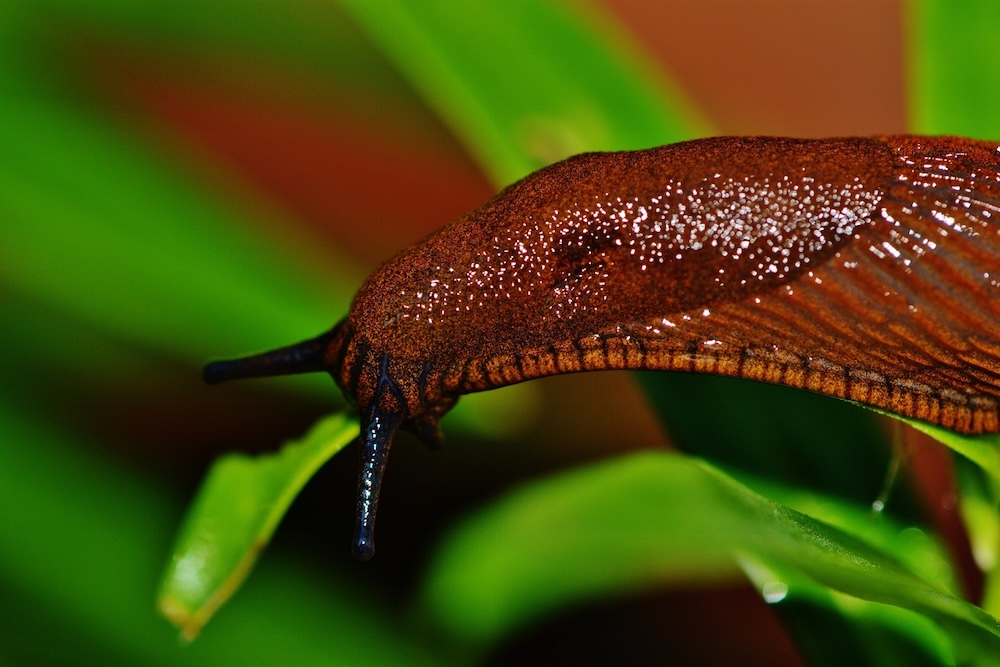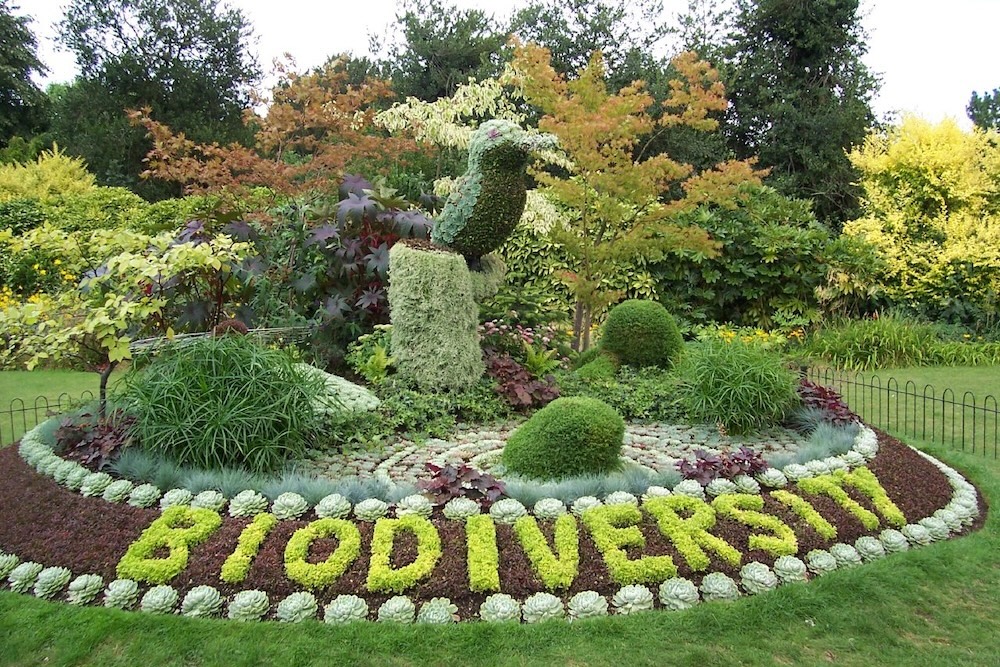These creatures are known to cause significant damage to a variety of plants, turning a once vibrant garden into a landscape of half-eaten leaves and stems.
Understanding the Root System of Lilly Pilly: A Comprehensive Guide
It’s natural to worry about the root systems of shrubs and trees, especially when they’re nearby paths, structures and pipes which can be damaged by the wrong root system. But do lilly pillies have roots likely to do damage, or are they a safer plant option?
In this article, we’ll find out

An Overview of the Lilly Pilly Root System
The root system of the lilly pilly is robust, supporting its dense canopy of leaves and berries. Like most dicots, they have roots that grow longer and thicker every year. These roots are adventitious, meaning that they follow the path of least resistance to gain the water and nutrients they need.
Lilly Pilly Root Depth and Growth Patterns
One common question is whether lilly pillies have deep roots. The answer varies depending on the specific type of lilly pilly, soil conditions, and age of the plant. Generally, lilly pillies aren’t known for having exceptionally deep root systems compared to some other tree species.
However, just because their roots aren’t more invasive than other trees and shrubs, doesn’t mean that they won’t ever cause issues just like any other tree or shrub can. You can forget about that diagram you’ve seen on the internet where the roots are a mirror image of the branches – that’s false.
In fact, the root system may extend many metres beyond the reach of the tree’s canopy, and nowhere deep as the plant is tall. Observing the growth patterns of lilly pilly roots, one will notice that they tend to spread out laterally, developing a network of roots that can cover a large area. This pattern aids in both stability and nutrient absorption.

Do Lilly Pillies Have a Tap Root?
In its early stages as a sapling, a lilly pilly does develop a tap root. This primary root descends directly downwards and helps the young plant establish itself and seek out moisture.
However, as the lilly pilly matures, it begins to rely more heavily on its network of lateral roots for stability and nutrient absorption. This only goes for lilly pillies that have been grown from seed. Lilly pillies that have been propagated via cutting don’t ever have a tap root.
Are Lilly Pilly Roots Invasive?
So, do lilly pilly have invasive roots? It’s important to note that the term “invasive” can be subjective. Generally, lilly pilly roots are not considered highly invasive in the same way as some notorious species like bamboo or willow trees, which are known for their aggressive root systems.
However, the lateral spread of their roots can indeed become extensive, particularly when the lilly pilly has been planted in the wrong place. They’re not known to aggressively penetrate solid structures like concrete foundations, but they can exploit existing weaknesses or cracks.

Guide on How to Prevent Damage from Lilly Pilly Roots Near Structures
Once damage has already started to occur, you need to engage with a consulting arborist, who will likely recommend the tree is removed. Pruning tree roots isn’t something that a professional arborist is likely to recommend, as this can cause the tree to decline, eventually making the tree unsafe in years to come.
The best way to prevent damage from lilly pilly (or any tree) roots is to plant the right plant in the right place, for the right reason, with the right consistent aftercare.
To expand on that, here are some recommendations:
- Proper Planting Distance: When planting lilly pillies, make sure to choose an appropriate location where the plant has enough space to grow without its roots encroaching on buildings or structures. Consult guidelines specific to the species you’re planting.
- Plant Selection: If you’re concerned about potential root damage, consider selecting smaller varieties or species that are known to have less aggressive root systems. Some lilly pillies have a more compact growth habit, which might be suitable for planting closer to buildings.
- Root Barriers: Installing root barriers between the lilly pilly and any nearby structures can help redirect the growth of the roots away from buildings. Root barriers are usually made of a specialised material that prevents roots from growing beyond a certain point.
- Presence of Water: When water is regularly present under structures, this encourages roots to grow in that direction. Make sure you don’t have any leaks under your house, pavers or fence.
- Monitoring: Regularly inspect the plant and its surroundings for any signs of root encroachment or structural damage. Address any issues promptly to prevent them from becoming more severe.
- Professional Consultation: If you’re unsure about the potential risks of planting near buildings or infrastructure, consider consulting with a professional arborist. They can provide specific guidance based on the local conditions and the type of lilly pilly you have in your garden.
- Removal of the Wrong Plant in the Wrong Place: If you find that the soil is shifting near a wall or fence, consider removing the offending plant and replacing it with something smaller. Before you rip out an established tree, have a chat with a consulting arborist because you might be stressing over nothing, especially when it comes to lilly pillies which aren’t known for having an especially invasive root system.

Lilly Pilly Root Rot: Causes, Symptoms, and Treatments
Root rot is a common issue for lilly pillies when they either haven’t been planted in the right place, or they aren’t receiving the right care. If left unaddressed, it can leave your lilly pillies looking sick and eventually even lead to their untimely death.
Explanation of What Causes Root Rot in Lilly Pilly
Root rot in lilly pilly is primarily caused by poor drainage and overwatering, which creates an environment conducive to fungal pathogens like Phytophthora.
Identification of the Symptoms of Lilly Pilly Root Rot
Symptoms of lilly pilly root rot include yellow or wilting leaves, stunted growth, and a general decline in the tree’s vigour. In advanced cases, you may notice dark, rotten roots when examining the soil around the base of the tree. The soil may have a foul, sour smell when root rot has taken hold.
Recommendations for Treatments to Manage Lilly Pilly Root Rot
To manage lilly pilly root rot, start by addressing any drainage issues and avoid overwatering. Fungicides can also be used to control the disease, but it’s important to follow label instructions carefully.
Understand that fungicides can have long-term detrimental effects on your entire garden, because they kill off the mycorrhizal fungi that your plants depend on for support. In severe cases, it may be necessary to remove and replace the affected tree.
Daniel’s Wrap
If you’re planning to plant lilly pillies, it’s a good practice to research the specific species or cultivar you’re interested in and consult with a local horticulturist to get a better understanding of their growth habits and potential root system characteristics. While these trees do have a robust and extensive root system, they’re not typically invasive in the destructive sense as long as they’re planted far enough away from structures.
Care should be taken when planting lilly pillies in the urban landscape so that they have the space to reach their genetic destiny. As long as you plant the right plant in the right place, for the right reason and with the right aftercare, you’ll be just fine.




This Post Has 0 Comments